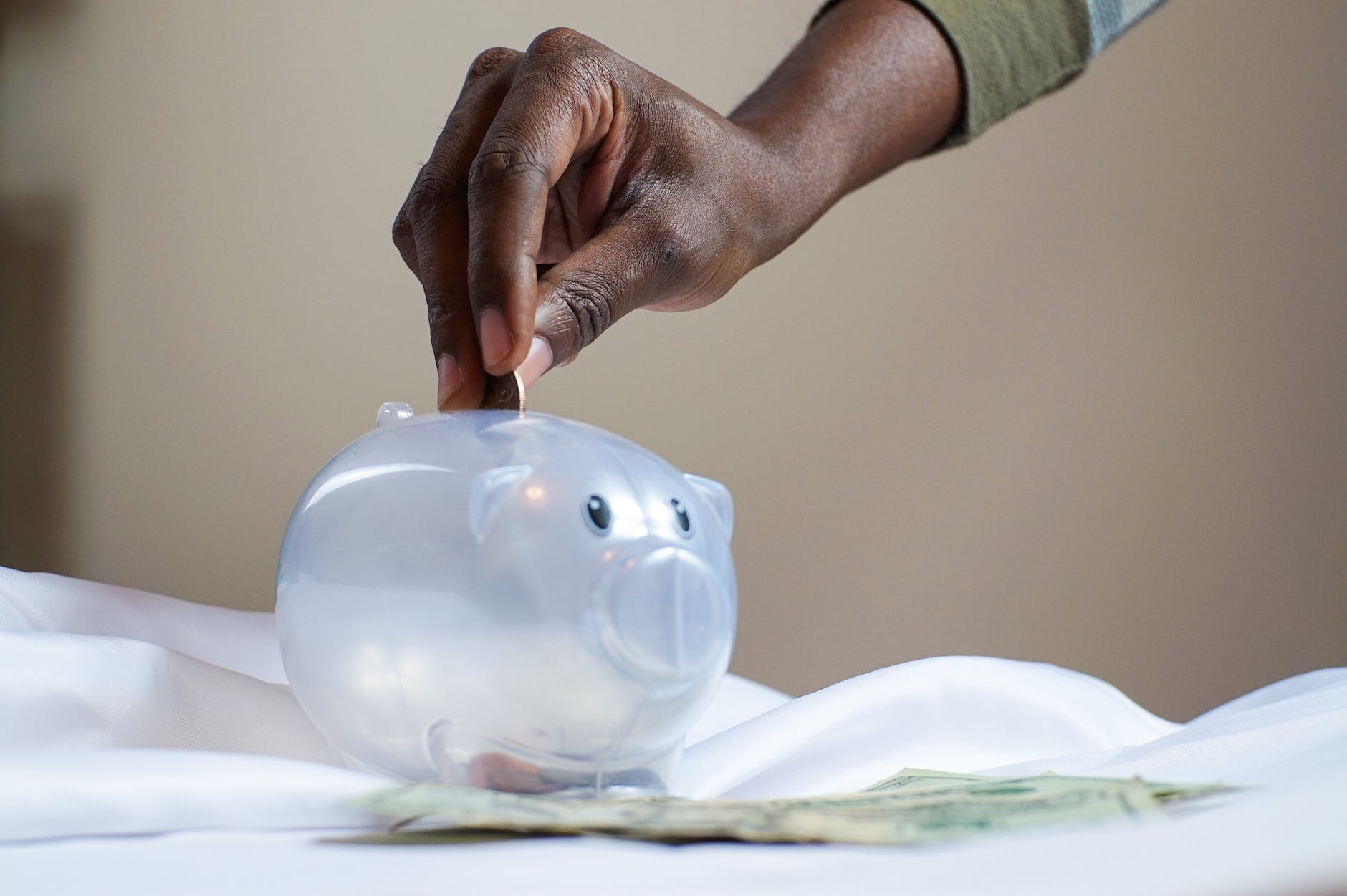How To Be More Frugal In Everyday Life

Living frugally involves managing your finances carefully and paying attention to every purchase you make. However, living frugally does not need you to deprive yourself. Instead, it is choosing wisely how to live, eat, shop, and spend your money. Living on a tight budget is not the same as being penny-pinching, when you always choose the least expensive choice regardless of quality and avoid making any purchases. Being frugal and prioritising your expenditures will enable you to afford the things that are most important to you.
Get rid of anything you don’t need
The majority of us are accountable for having some additional junk laying around the house. It might be time to downsize if you have accumulated an excessive number of luxury purses, a large number of items your children have outgrown, or an overstuffed bookshelves. With a little work, the mess may be converted into money. You can start selling on Facebook Marketplace, eBay, and Vinted, among other platforms.
Make heat more efficient
To make the most of keeping the oven on for a while while cooking a roast, consider any other meals you might be able to cook concurrently. This might resemble a frozen lasagna that you can use at a later time. Take the meat out of the freezer the day before you plan to make a roast to let it defrost so you don’t have to thaw it in the microwave.
Set up a budget
Clearly, those who want to save money need to make a budget. In light of this, setting aside an hour or two to sit down, create a budget, and identify specific areas where you can make savings is a great approach to get started on the road to a more economical way of living. Be ruthless and keep track of every part of your spending, from groceries to toilet paper, to see where you might be able to cut back a few pounds.
Less meals out
Eating out is one of our largest daily expenses; the average individual spends so much money on it each year. Fast food restaurants are pricey, not to mention the health risks. The cost of cooking your own food is substantially lower. Try to plan a weeklong menu, buy the ingredients, and prepare dinner and lunch every night.
Sustainable living
Your thrifty lifestyle may include things like using washable diapers or never buying plastic water bottles in favour of filling reusable ones at home. This not only reduces wasteful spending but also benefits the environment.
Go meatless a few days per week
Try to avoid eating meat at least once a week. One of the most expensive proteins you can purchase per pound is meat. In order to make up for it, find some robust meals. This can be accomplished with the help of most meals that include potatoes as well as hearty vegetable stews. Not to mention all the vegan options you have, there are a tonne of different high-protein foods available. There are more options now that vegan eating is becoming more mainstream.
Buy things second hand
There are so many things that people buy brand new but can easily get second hand without contributing towards land waste, fast fashion and wasteful spending. You can get perfectly good things at charity shops, from friends and families and online public auctions. It also is normally at the fraction of the cost so you can save a lot of money.
Use the library in your area
Using your local library could help you save money if you routinely buy new books, pay to rent movies, pay for audiobooks, or even attend expensive events. Consider your library a place where you can go to access whatever it is you enjoy doing for fun without having to pay for it. Many libraries also include contemporary amenities like free admissions to community events, art museums, performances, and more, or access to a “library of things” where you may borrow useful products. To find out what free resources are available, check your local library.
What you can grow, don’t buy
Apartment dwellers face greater challenges, yet any amount of room can be used for plants. Grow mint, sage, basil, or any other herb you love to use in cooking on your balcony or on some shelves in your room, and you’ll never have to buy it again. Why not establish a vegetable plot in the backyard of everybody with space? If your inventory is overflowing, you may even occasionally sell a basket of tomatoes or an unusually juicy pumpkin.
